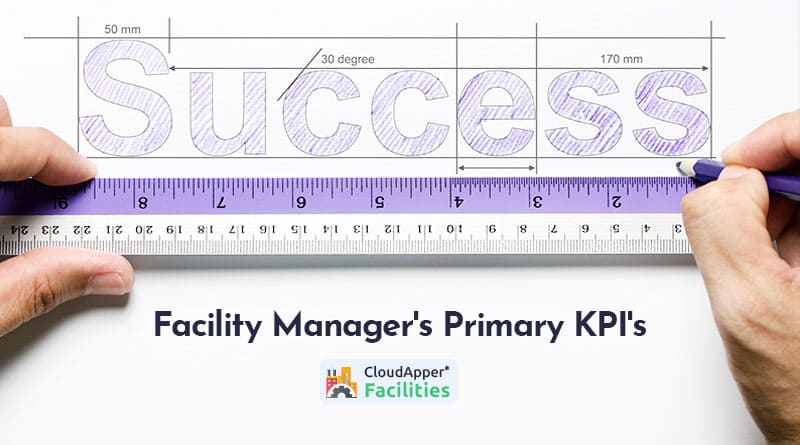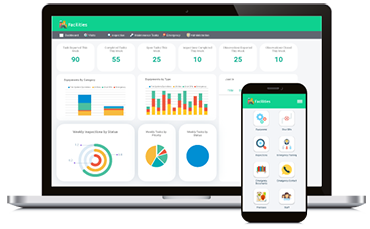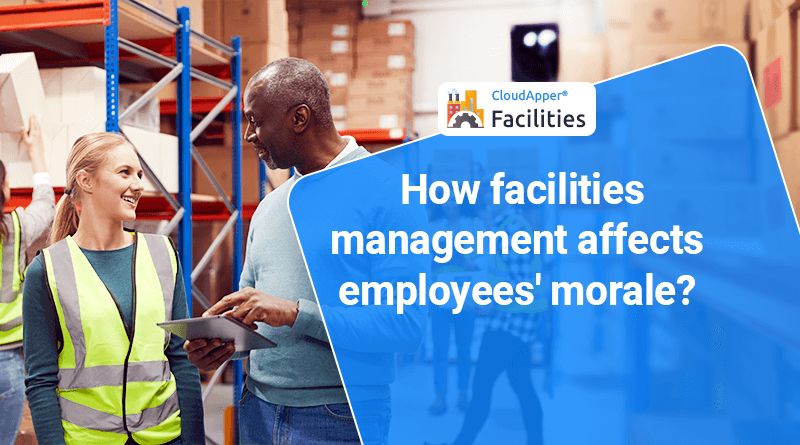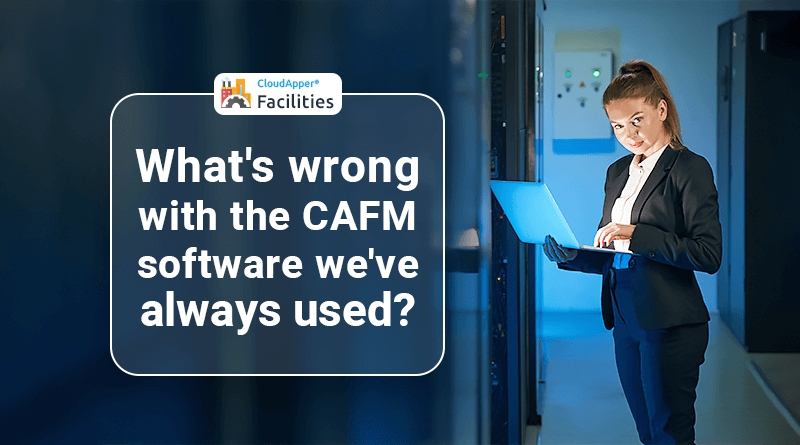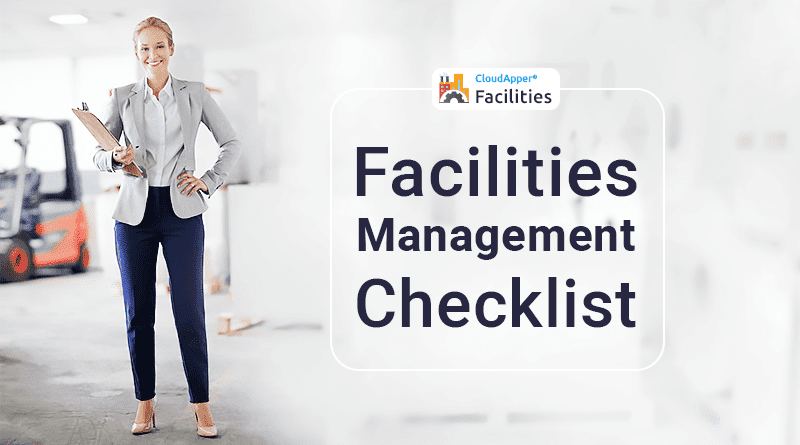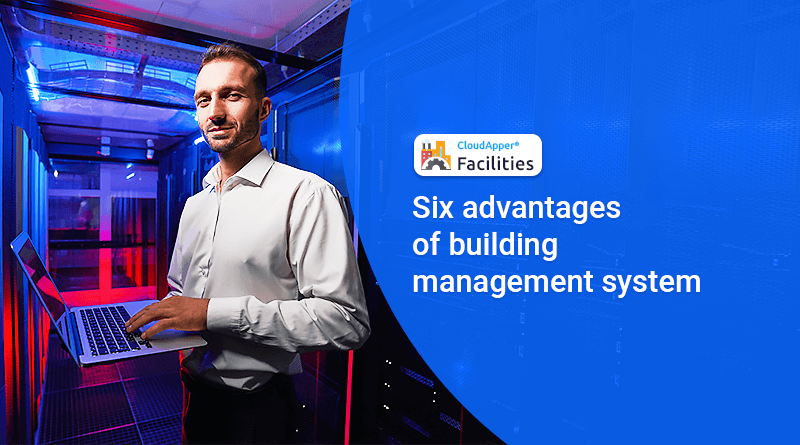Facility Management Primary KPI’s to Improve Productivity and Simplify Facility Operations
Are you curious about how other facilities track KPIs? Key Performance Indicators are extremely useful in determining the efficiency of your maintenance team and the status of your facility.
What are facility managers’ key performance indicators (Primary KPIs)?
Primary KPI’s, or key performance indicators, are sets of data that provide facility managers with critical information about the current state of the facilities they manage and how current practices align with business goals.
They assist facility managers in identifying problem areas and making plans for increasing reliability, sustainability, safety, and regulatory compliance. Furthermore, Primary KPI’s provide insight into how current plans are progressing.
Key Performance Indicators vs. Facilities Management Metrics
Although key performance indicators and metrics are frequently confused, the two are distinct. KPIs are measurements that show how well a facility is meeting its goals, whereas facilities management metrics are single points of data with no specific goal in mind. As a result, a KPI may combine several metrics to create one cohesive measurement.
For instance, a metric would be a measure of total maintenance hours, while a KPI would be planned maintenance vs. reactive maintenance. One is a straightforward measurement, while the other compares two points of data to determine how well the facility keeps up on equipment maintenance tasks.
Importance of KPIs in the facilities management
Facilities management is aided by KPIs, which provide concrete data on how a facility is performing. That data triggers important discussions and informs maintenance planning. KPIs, when used over time, assist organizations in setting a target and achieving them through clear, data-driven planning.
14 Primary KPIs for facilities managers to keep track of:
There are numerous KPIs that can aid in improving facility operations and productivity. The information below provides a well-rounded basis for maintenance and reliability planning.
1. Employee (user) satisfaction score
An unhappy workforce could be a symptom of underlying problems that are affecting productivity. It’s possible that something is preventing them from completing their tasks, resulting in lower satisfaction, or there may be unsafe working conditions. Unhappy employees, in either case, will result in a high turnover rate, which will increase staffing costs.
2. Workforce productivity
Your workforce’s overall productivity reflects how well your employees are able to complete tasks on time. If it’s low, it could indicate that something is obstructing productivity, or it could simply be the result of low morale.
3. Work Order resolution times
The time it takes to complete maintenance work orders demonstrates the effectiveness of your maintenance planning and workflows. If work orders appear to be taking an unusually long time to complete on average, it could be a sign of poor planning or obstacle in the process that slow completion. Finally, as preventive maintenance tasks aren’t completed on time, slow resolution times can have an impact on reliability.
4. Gross Facilities Management Costs per 1 m² or 1 ft²
Facility managers can get a rough idea of how much budget they’ll need to keep the facility running by measuring gross FM costs per square foot. The average figure varies by industry, it’s worth monitoring this KPI over time to achieve the best results. An excessively high cost could indicate that more budget is required, or that processes need to be streamlined somewhere.
5. Planned maintenance vs. reactive maintenance ratio
You should do more planned maintenance than reactive maintenance ideally. If the amount of time spent on reactive maintenance exceeds a certain threshold when compared to planned maintenance, you’re probably not doing enough preventive maintenance. Either prevention isn’t a top priority, or something is interfering with the timely completion of PMs.
6. Number of employee (user) complaints
A high number of employee complaints could indicate poor management practice, hazardous working conditions, poor maintenance, toxic working environments, or similar problems. The number and nature of these complaints can reveal a lot about the facilities management practices.
7. Maintenance costs per 1 m² or 1 ft²
As for facility management costs per square foot, maintenance costs per foot or meter squared provide facility managers with an idea of how much budget they require. Furthermore, tracking this number over time can provide insight into whether maintenance processes are improving or deteriorating. An increasing number may necessitate an investigation into asset health, workflow efficiency, and other related metrics.
8. Operations costs 1 m² or 1 ft²
Facility managers can use operations costs per square foot to determine how well their equipment is maintained, how efficiently their workforce is utilized, and what budgetary changes may be required. If operating costs rise over time, there may be a problem with how assets are cared for. If they are decreasing, it may indicate that current plans are having a positive impact.
9. Utility costs per 1 m² or 1 ft²
Utility costs per square foot reflect the amount of electricity, heating, cooling, etc. that are required to keep the facility operational. A disproportionately high cost may necessitate switching to more efficient assets (such as high-efficiency bulbs) or tuning up utility equipment (such as heating and cooling systems). The workplace culture may need to change In some cases, such as if employees frequently use wastewater or electricity while performing work-related tasks.
10. Cleaning costs per 1 m² or 1 ft²
It’s important to keep equipment and workplaces clean, but if the cost seems to be rising too quickly over time, there could be a problem with how it’s being done or even the current state of the facility’s assets. Reduced costs, on the other hand, could indicate that there are fewer messes or that the facility isn’t keeping up with cleaning tasks the way it should be.
11. Security costs per 1 m² or 1 ft²
Security is important in facilities management, but it comes at a cost. Tracking security costs per square foot assists facility managers in determining the amount of budget required to secure property, assets, and employees. If the cost appears a bit high, it may be necessary to switch to a more cost-effective system.
12. Reactive Maintenance versus Preventative Maintenance over time
Tracking preventive versus reactive maintenance over time, just like planned versus reactive maintenance, gives facilities managers an idea of how maintenance processes are carried out. Favorable trends indicate that the team is staying on top of PMs and taking proper equipment care.
This is important to understand from the standpoint of facility management KPIs because we always want to see some sort of relationship and trend between reactive or corrective maintenance compare to our preventative. How do we prevent issues from arising?
13. Weekly work-schedule compliance.
This KPI measures a company’s ability to schedule and complete work for customers. One of the most important aspects of successful management is the ability to guarantee your customers the day and time that technicians will complete the requested work.
This KPI is an excellent tool for determining how supporting tools collaborate to deliver a high-quality product to your customer. Remember, no department wants to be thought of as a group of cable guys who never finish what they promise on time.
14. Money spent on new equipment versus repairs
Somewhat related to the aforementioned, but at the end of the day, we want to spend our budget on new equipment and upgrades, then spending on replacements and repairs. We’re looking for trends here again over time in order to find some sort of actionable data.
15. Average completion time or response time for work submitted
Should be self-explanatory, but the time it takes to respond to work orders, who did it, and the time from open to close are all very important.
Check out Facilities by CloudApper if you’re looking for an FM solution. You are most likely hearing this name for the first time, but we have recently received positive feedback from our diverse group of customers. Our solution is entirely cloud-based and extremely cost-effective. If you have any questions, please contact us for more information.

